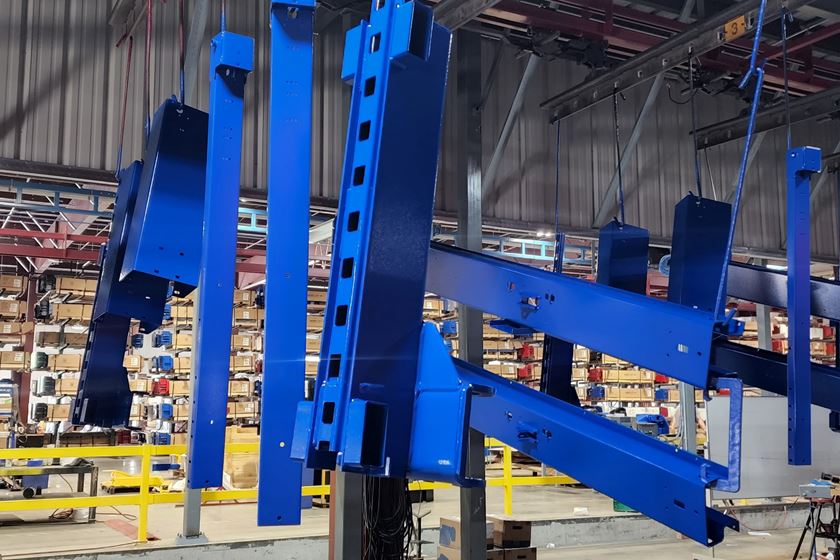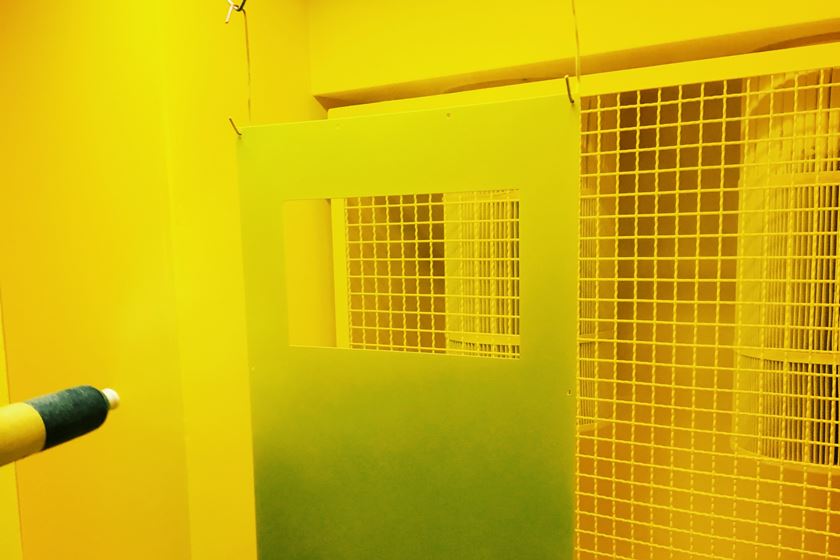Perspectives: Where is the Cleaning Industry Headed?
A recent interview with Jim Mertens, industry specialist for trichloroethylene at Dow, provided a bit of a perspective on the cleaning industry.
A recent interview with Jim Mertens, industry specialist for trichloroethylene at Dow, provided a bit of a perspective on the cleaning industry.
Where do you see the most growth in the cleaning industry (aqueous, mechanical, solvent)?
Featured Content
JM: Although we are seeing some growth in all those segments of the cleaning market, by sheer numbers we are probably seeing the most growth in the number of new aqueous systems produced; however, many customers find that only solvent systems deliver the performance they need. There has been some movement in the industry from aqueous systems back to solvent systems.
Do you think people misunderstand the potential and/or hazards of solvent cleaners?
JM: This is somewhat true. There is a great deal of misinformation spread about regulations and the possible effects they may have on solvents. Only two popular solvents have been phased out under the Montreal Protocol. Although many solvents are controlled by regulations, there are systems and equipment available today that allow users to meet these regulations, while still receiving low cost, high quality cleaning.
What can be done to make people more aware of the benefits of solvent cleaning?
JM: At Dow, we continually strive to educate people on the benefits of chlorinated solvents. We do this through many means, including case studies, which detail the benefits of solvents, and participation in the industry events that target the end-user market.
Is there any "universal" cleaner?
JM: There is no universal cleaner. Even great solvents such as trichloroethylene cannot do everything. There are instances when other alternatives need to be considered.
What do you feel would be the best way for a job shop to handle all the different soils coming in on parts?
JM: For job shops, vapor degreasing is an attractive option. It handles a large variety of soils and with a good distillation process, you have no risk of cross-contamination. The vapor degreasing and distillation process constantly provides fresh cleaning so the solution is always at 100% strength and not contaminated with other soils.
Is Dow doing any research on any types of aqueous products?
JM: Most of Dow's efforts today are focused on supplying products to the aqueous formulation industry. Our broad line of surfactants and water-soluble solvents assist formulators in making even more effective aqueous cleaning products for the future.
Is Dow doing any research on new types of solvent cleaning processes?
JM: Dow is constantly evaluating new products and applications. Consideration is always given for new products that may fit into existing processes, as well as new processes that may allow for different products to be used. In most cases, where new technology has come forward, such as airless and fully closed cleaning systems, the most efficient products are still the old standby solvents: trichloroethylene, perchloroethylene and methylene chloride.


















